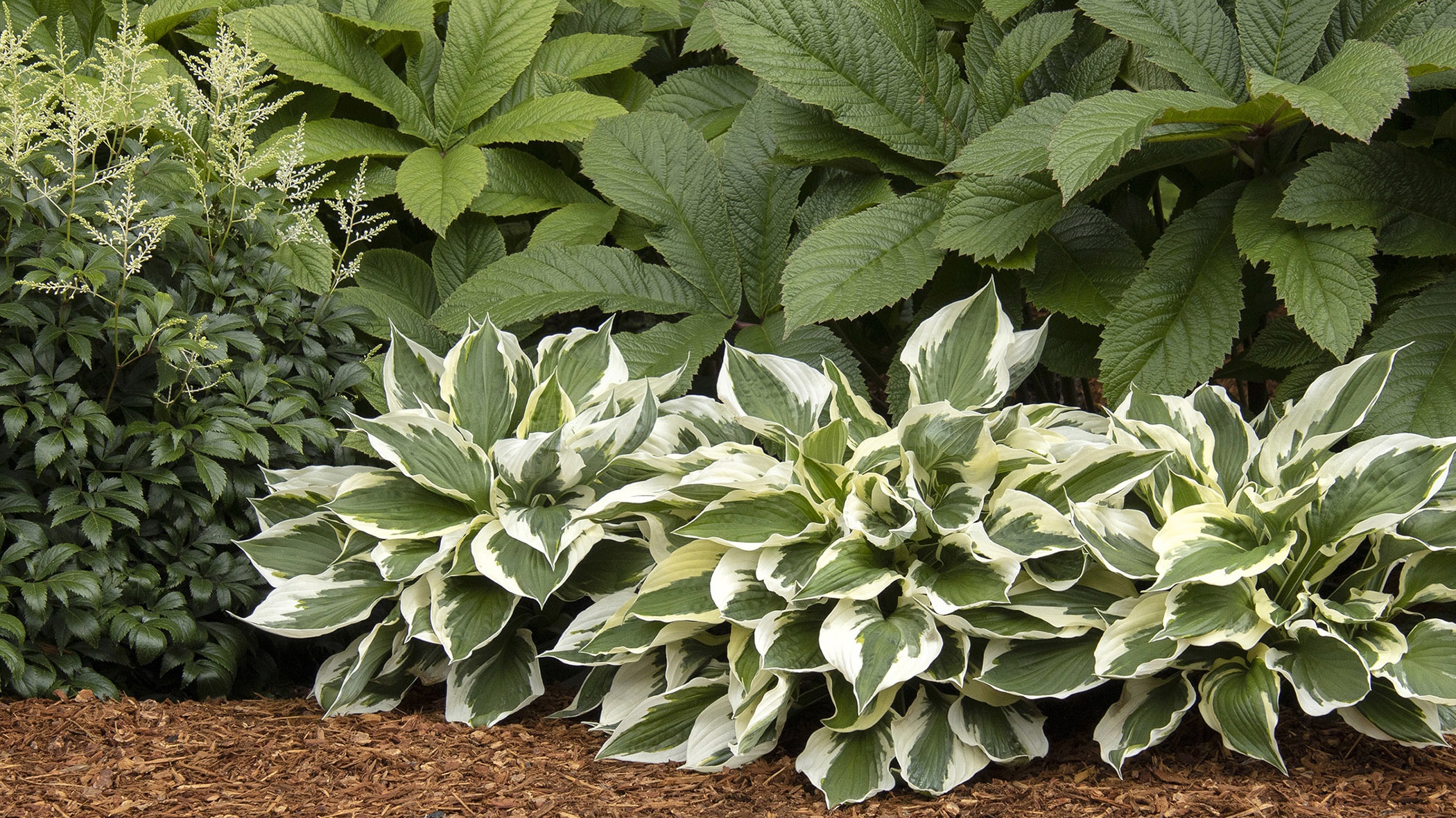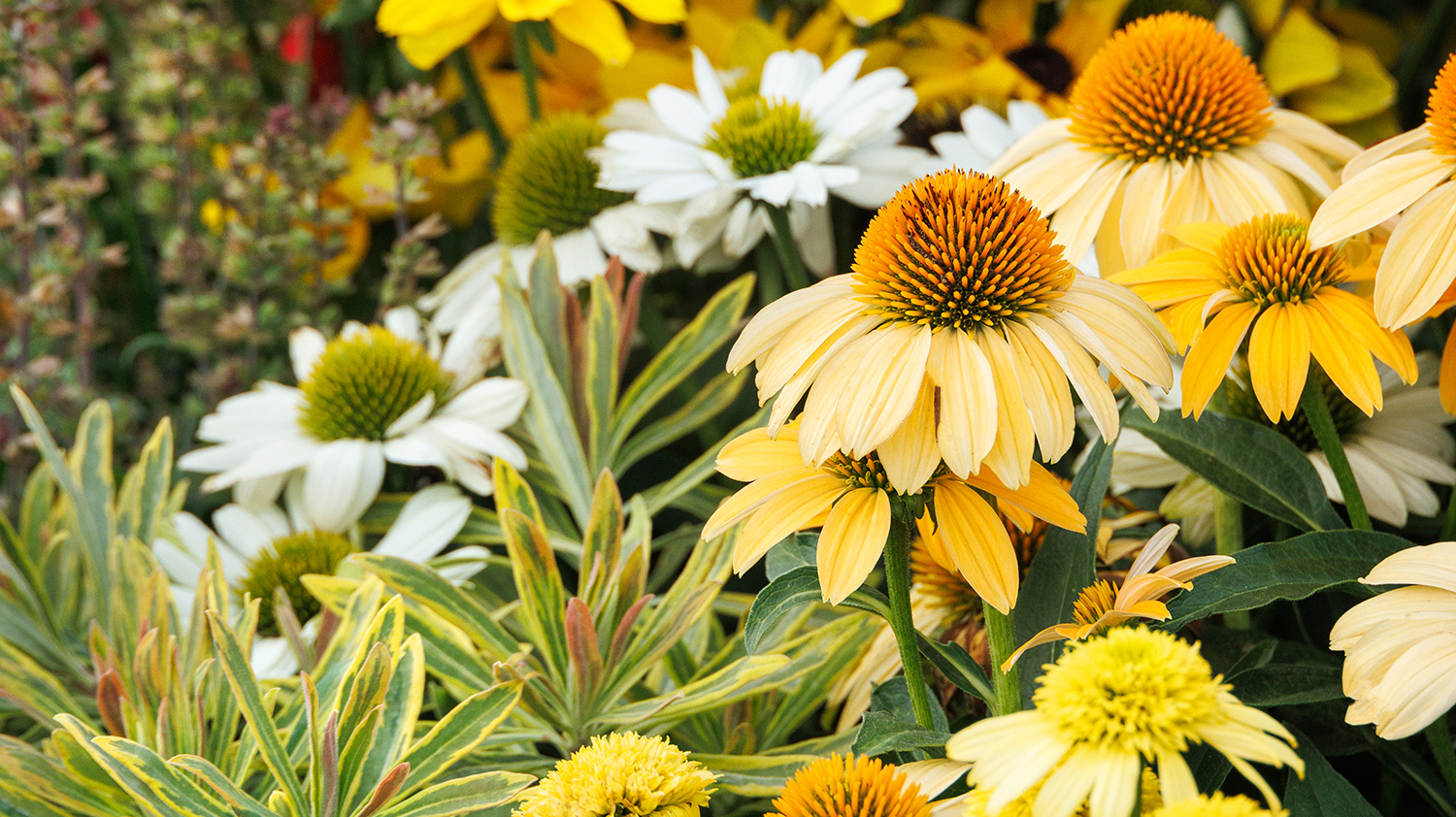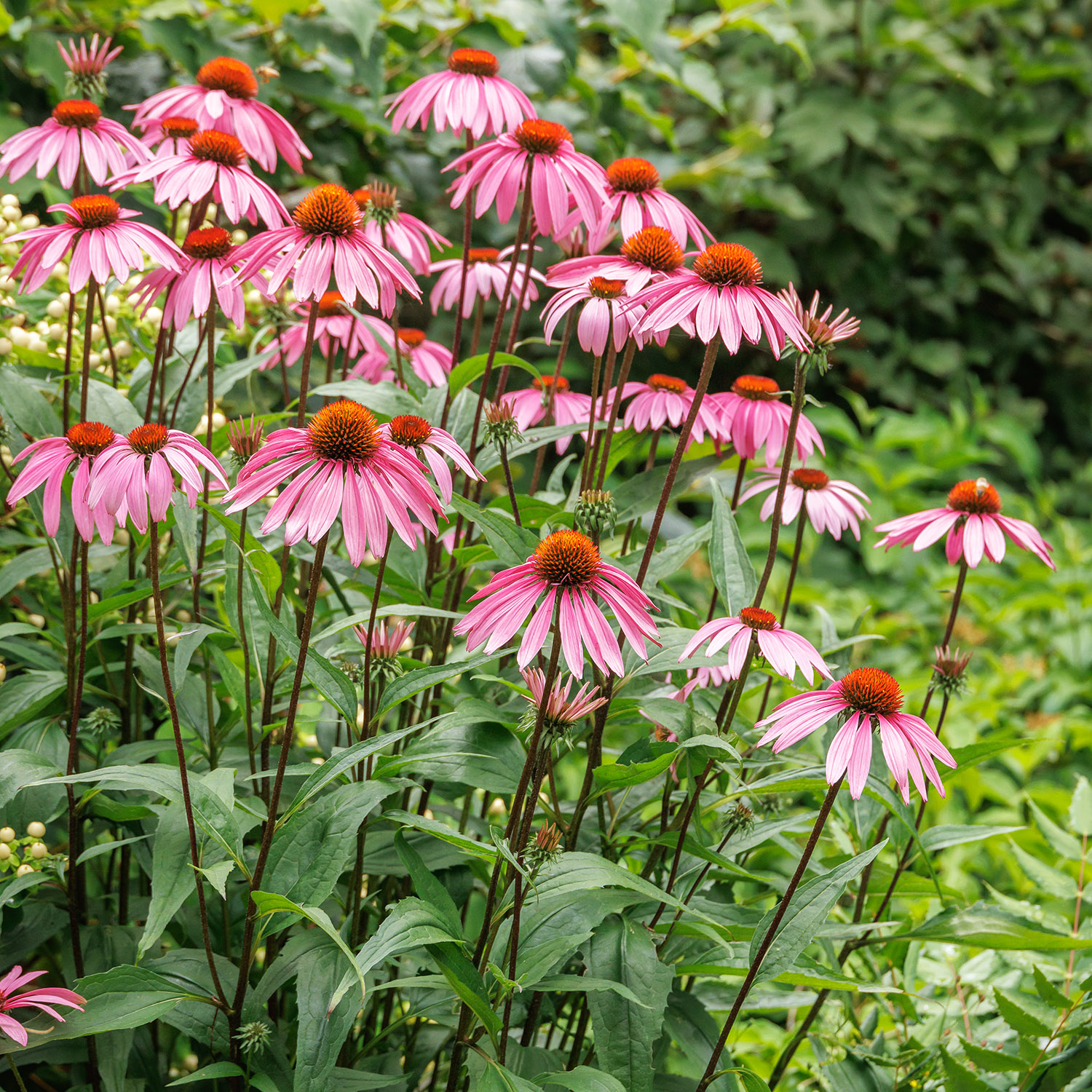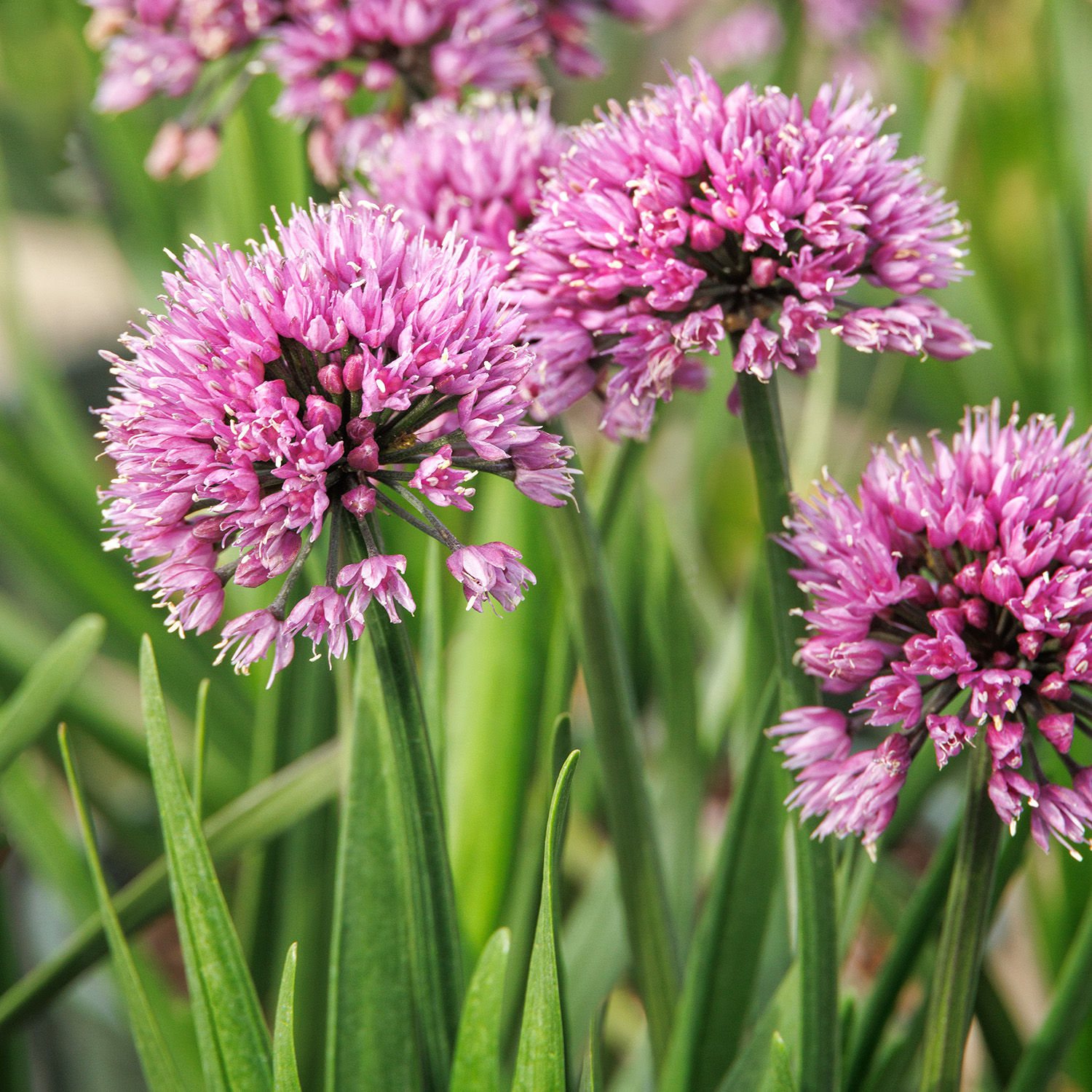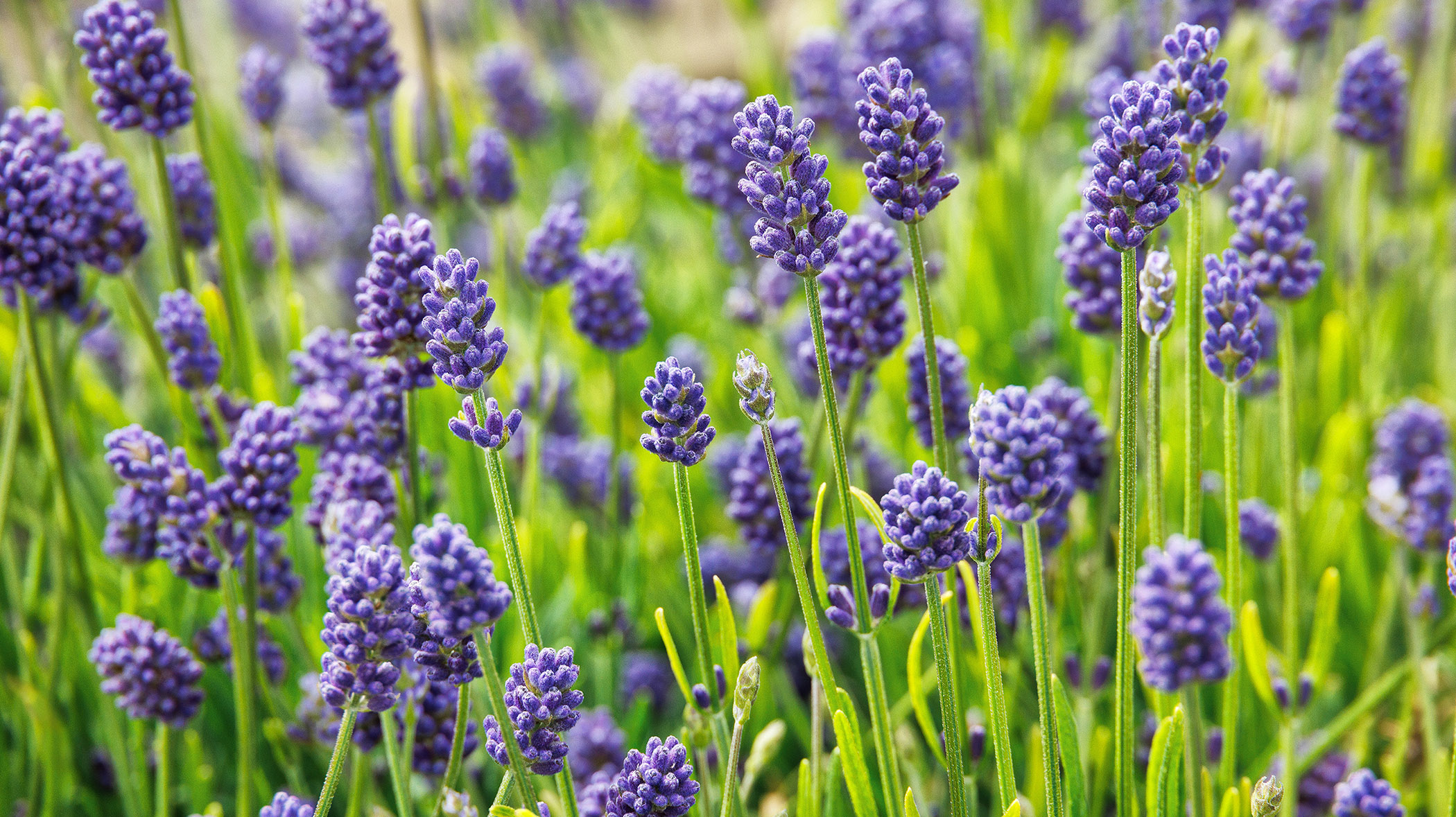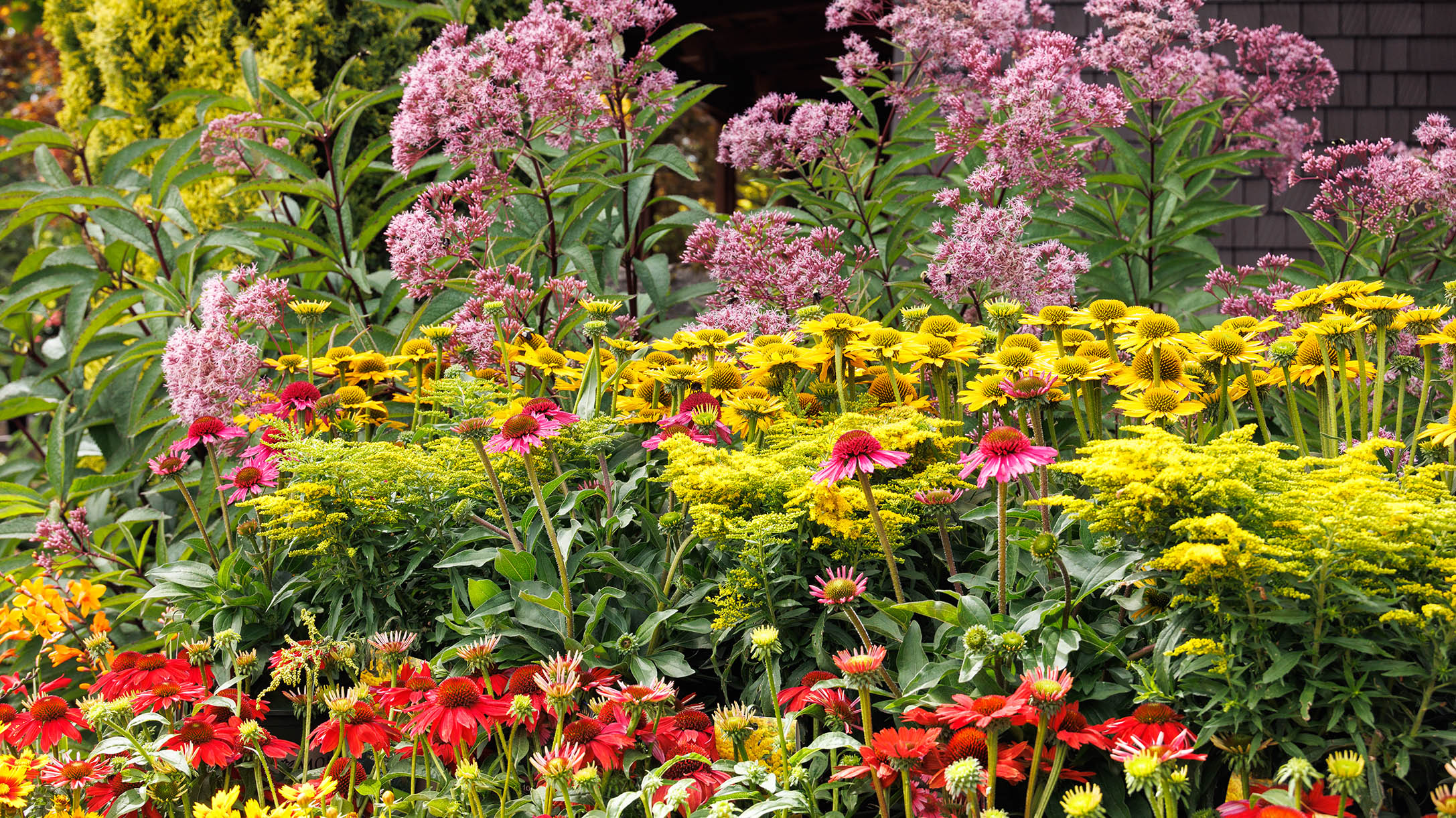Perennials are the backbone of many gardens, returning year after year with reliable beauty. These plants die back in fall and reemerge in spring, offering a low-maintenance way to add color and interest to your landscape. While their blooms may be fleeting, the impact of a well-planned perennial garden is long-lasting.
Together, we will explore the essentials of perennial care, from choosing the right plants to maintaining their health season after season. Whether you're a seasoned gardener or just starting out, you'll find valuable tips to help your perennial garden flourish. Let's get started!
Explore Monrovia's diverse selection of perennial plants to find the perfect long-lasting additions to your garden.
Perennial Care: At a Glance
Short on time? Here's a quick overview of essential perennial care:
- Types: Choose from a variety of options, like Heuchera, Hosta, Veronica, Iris, and Lady's Mantle.
- Planting: Spring and fall are ideal. Give plants room to grow based on mature size.
- Soil: Aim for pH 6-7. Amend with organic matter for rich, well-draining soil.
- Sunlight: Varies by plant. Some need full sun, while others prefer partial shade. Check plant tags.
- Watering: Water regularly after planting. Once established, refer to the watering needs on the plant tag.
- Feeding: Apply organic fertilizer in spring and late summer. Follow package instructions.
- Mulching: Apply in early spring and fall to retain moisture and suppress weeds.
- Pruning: Trim dead stems and foliage in spring. Deadhead spent flowers during the growing season.
- Winter Care: Some perennials are evergreen, others die back. Protect roots with mulch in cold climates.
- Dividing: Many perennials benefit from division every few years to maintain vigor.
- Companion Planting: Combine perennials with different bloom times for continuous color.
- Long-term Care: Most perennials thrive for years with proper care, some lasting up to 20 years.
When to Plant Perennials vs. Annuals
Let's talk about perennials and annuals—they're quite different when it comes to planting and care. Annuals complete their life cycle in one growing season, many providing continuous blooms from spring to frost. They need to be replanted each year.
Perennials, though, are more like the long-term residents of your garden. Once settled in, they stick around for at least three years, with some sturdy types hanging in there for up to two decades!
As for when to plant these enduring beauties, you've got options. Spring's a great time, with its warm soil and plentiful rain. But don't overlook fall—planting then gives perennials a chance to develop strong root systems over winter, setting the stage for an even more impressive bloom come spring. Fall is a great choice for warmer climates with hot summers. However, if you live somewhere with very wet winters, it is best to wait until spring so winter rains don't drown the unestablished root system of freshly planted, dormant perennials.
When planning your garden, consider these key differences:
- Annuals: Plant after the last frost for season-long blooms
- Perennials: Plant in spring or fall for long-term growth
- Bloom Duration: In general, annuals bloom longer, perennials have shorter bloom periods
- Replanting: Annuals need yearly replanting, perennials return on their own
- Garden Design: Use perennials for structure, annuals for continuous color
Discover the perfect perennials for your garden! Find out your gardening zone to help you choose plants that will thrive in your local climate.
Planting Perennials: A Simple Guide
Ready to get your perennials in the ground? It's easier than you might think! Before you start, check the plant tags for proper spacing. Here's a quick rundown of the planting process:
- Dig a hole about 1.5 times the size of the container
- Gently loosen some roots from the root ball
- Place the plant slightly above the surrounding soil level
- Fill with soil and firm it around the plant
- Water generously to help establish the roots
You have three main options for planting perennials:
- Container-grown: The easiest method, with the fastest results. Just dig, plant, and water. Choose Monrovia's vigorous perennials for fast satisfaction.
- Bare-root: Best planted in spring. Create a mound in the hole for the roots to spread over.
- Seeds: The most economical but challenging and slow option. Consider starting indoors for better results.
Remember, whether you're working with potted plants, bare roots, or seeds, proper planting sets the stage for years of beautiful blooms. Happy planting!
Nurturing Your Perennials: A Comprehensive Care Guide
Caring for perennials isn't just about planting them and hoping for the best. These long-term garden residents need some TLC to truly thrive. Let's walk through the essentials:
Space
Perennials grow and spread over time, so plan for their mature size when planting. This foresight prevents overcrowding and allows you to create a harmonious blend of colors and textures as your garden develops.
Light
Just like us, perennials have their sun preferences. Some are sun-worshippers, needing a good 6 hours of direct sunlight to thrive. Others prefer a bit of shade, happy with 3-6 hours of morning sun or dappled light.
Soil
Most perennials prefer soil with a pH between 6 and 7. Improve your soil by adding organic matter like compost, which enriches the growing environment. Good drainage is important, so make sure water doesn't pool around your plants!
Water
Water perennials regularly after planting to help their roots settle in. Once they're established, about an inch of water a week should do the trick. Choose climate appropriate, waterwise plants if you're looking to save on your water bill.
Fertilizer
Feed your perennials twice a year with organic fertilizer. But easy does it! Too much of a good thing can actually weaken your plants. Always follow the package instructions to keep your perennials in tip-top shape.
Mulch
Apply mulch in early spring and fall to retain moisture, suppress weeds, and protect roots from temperature fluctuations. Wood chips, bark, compost, or leaves all work well. This simple step goes a long way in maintaining plant health!
Remember, every perennial has its own quirks and preferences, so always check the care tag.
Learn about Long-Blooming Perennials for a More Beautiful Landscape.
Pruning and Deadheading: Keeping Your Perennials in Top Shape
Pruning and deadheading are key to maintaining healthy, vibrant perennials. While these plants are often seen as low-maintenance, a little regular care goes a long way in keeping them looking their best.
In spring, most perennials benefit from a good pruning. This involves trimming away dead stems and removing any leftover foliage from the previous year. Don't be shy—you can cut back unattractive growth to just above ground level. Your perennials are tougher than they look and will bounce back with fresh foliage.
Deadheading is another important task. It's simply removing spent flowers before they go to seed. This encourages many perennials to produce more blooms, keeping your garden colorful for longer.
When deadheading, keep these tips in mind:
- For plants with leafy stalks (like daisies or bee balm), cut stems down by about one-third
- If flowers grow on their own stalks (like daylilies), remove the entire spent flower stalk
- Be careful not to cut off small buds forming along the stems
- Not all perennials need deadheading—some naturally drop their spent blooms
Deadheading is more about keeping your garden looking tidy and potentially encouraging more blooms. Skipping it won't harm the plant, and for some plants can add winter interest or seeds for foraging birds.
Monrovia's Perennial Collection: Timeless Beauty for Your Garden
At Monrovia, we're proud to offer a wide variety of perennials to enhance your garden year after year. Here's a glimpse at some of our plant collection:
- Sirens' Song™ Dark n' Bright Heuchera (Heuchera hybrid 'TNHEUSSDB'): This striking coral bells variety features purple-red ruffled leaves with hot pink blooms, perfect for adding depth to gardens and containers.
- Neptune Hosta (Hosta hybrida 'Neptune'): The 2023 Hosta of the Year, featuring unique wedge-shaped blue leaves with rippled edges and lavender flowers.
- Butter & Sugar Siberian Iris (Iris sibirica 'Butter & Sugar'): Highly-rated bicolor blooms in creamy yellow and white, excellent for naturalized settings and water features.
Get More Plant Care Tips and Design Help
- Sign up for the Grow Beautifully newsletter. You'll get first access to exclusive digital design guides and webinar invites. Plus, receive helpful stories like these delivered straight to your inbox.
- Find Your Local Garden Center to ask if they carry the featured plants.
- Browse stories with lessons from garden design experts
- Browse stories with plant care tips
- Long-Blooming Perennials for a More Beautiful Landscape




